| Structure | Name/CAS No. | Articles |
|---|---|---|
 |
Hydrochloric acid
CAS:7647-01-0 |
|
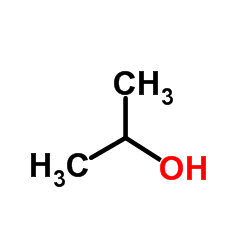 |
Isopropanol
CAS:67-63-0 |
|
 |
Formaldehyde
CAS:50-00-0 |
|
 |
Bis-tris methane
CAS:6976-37-0 |
|
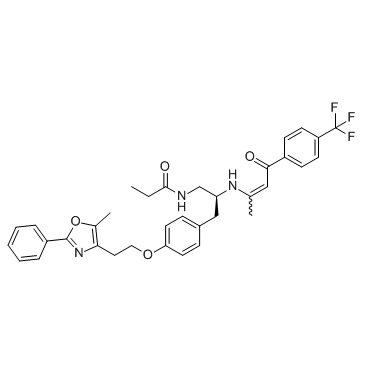 |
GW 6471
CAS:880635-03-0 |
|
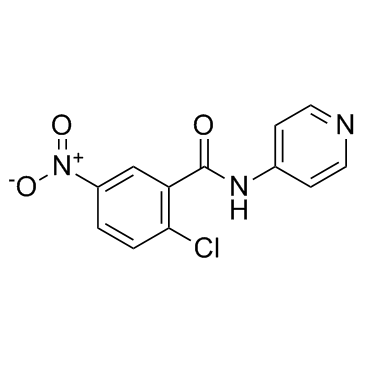 |
T0070907
CAS:313516-66-4 |
|
 |
Dexamethasone
CAS:50-02-2 |
|
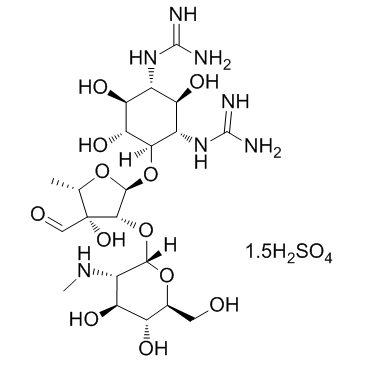 |
Steptomycin sulfate
CAS:3810-74-0 |
|
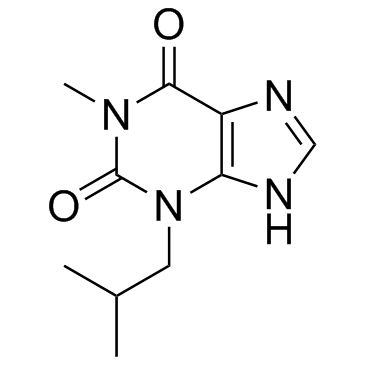 |
3-Isobutyl-1-methylxanthine
CAS:28822-58-4 |